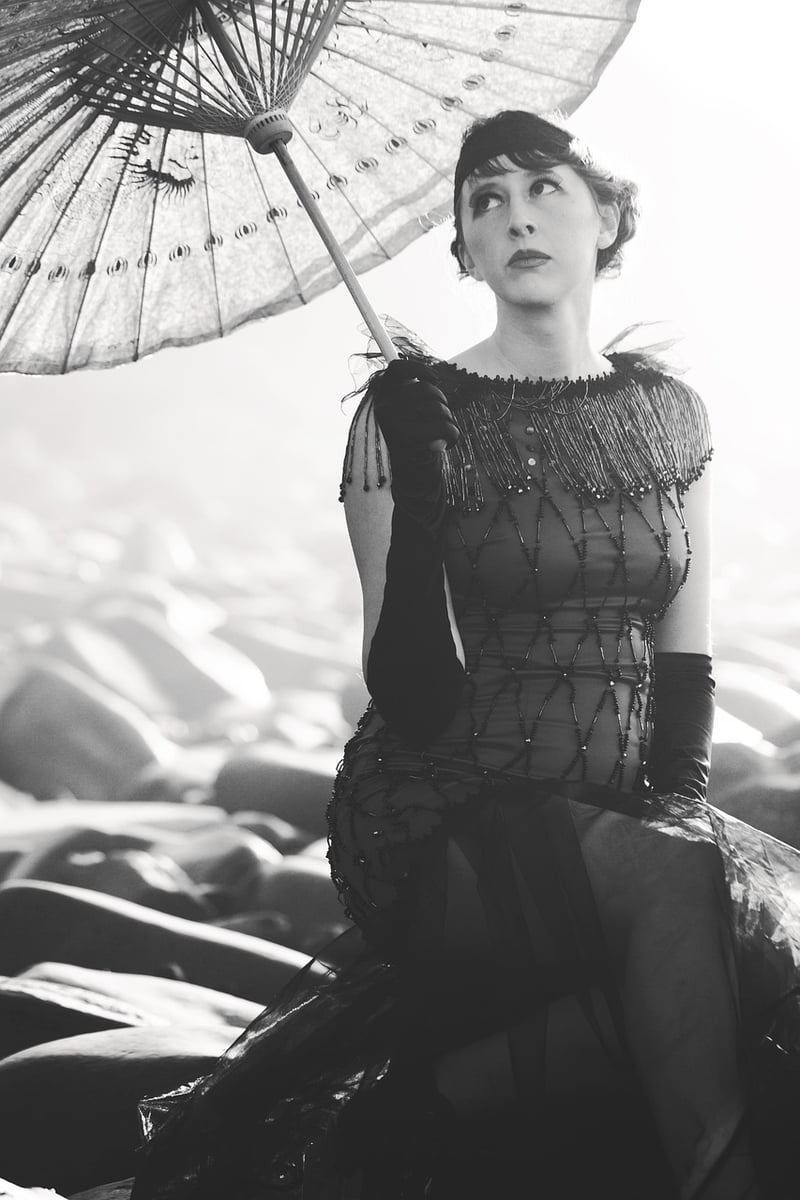Roaring Twenties
The Roaring Twenties: A Glance at a Decade of Change
The Roaring Twenties, also known as the Jazz Age, was a vibrant and transformative era that defined a generation. This period, spanning from 1920 to 1929, marked a time of social, cultural, and economic change that influenced art, fashion, music, and societal norms.
Key Highlights of the Roaring Twenties:
- Economic Prosperity: The decade began with a post-World War I economic boom, leading to increased consumerism and industrial growth.
- Flappers and Fashion: The 1920s saw the rise of the "flapper" style characterized by short hair, short skirts, and a rebellious attitude towards traditional gender roles.
- Jazz Music: Jazz became the soundtrack of the era, with legendary musicians like Louis Armstrong and Duke Ellington shaping the music scene.
- Prohibition and Speakeasies: The prohibition of alcohol led to the rise of illegal bars known as speakeasies, fostering a culture of rebellion and excess.
- Art Deco and Modernism: The aesthetic of the 1920s was defined by Art Deco design, characterized by geometric shapes and luxurious materials.
Impact on Society:
The Roaring Twenties brought significant changes to society, including increased social freedoms, the empowerment of women, and a shift towards urbanization and modernity. It was a time of experimentation and liberation, challenging traditional values and paving the way for the cultural shifts of the 20th century.
Legacy of the Roaring Twenties:
While the decade came to an abrupt end with the onset of the Great Depression in 1929, the legacy of the Roaring Twenties continues to influence art, fashion, and popular culture to this day. Its spirit of innovation, creativity, and resilience remains a source of inspiration for modern generations.

Step back in time and immerse yourself in the exuberant spirit of the Roaring Twenties, a decade that encapsulated the essence of change and progress.
For more insights into different historical eras, stay tuned for our upcoming articles!
